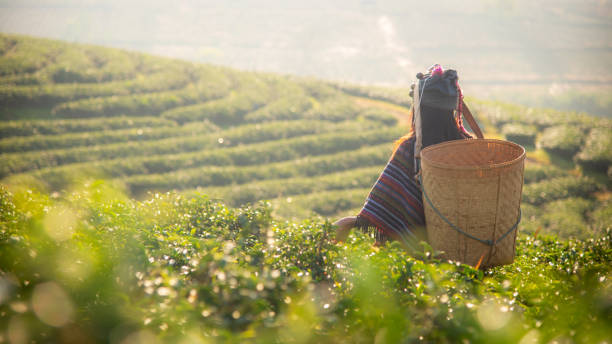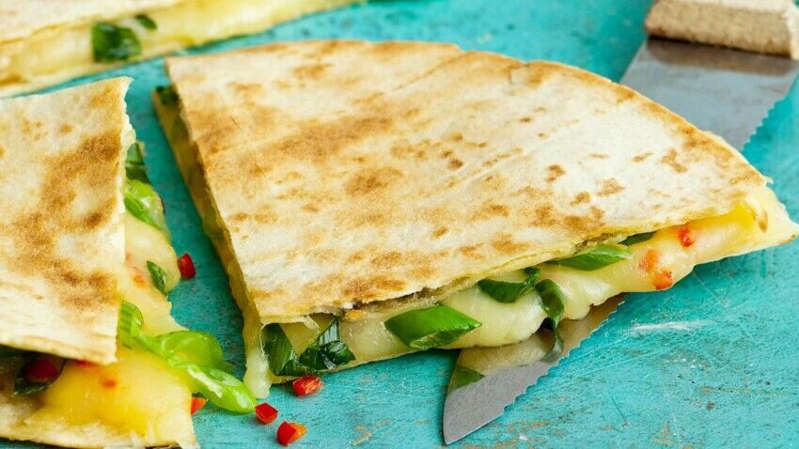Mistreated by industrial productions, it nevertheless deserves to be tasted with a cloud of ethics: in bulk rather than in sachets, labeled or certified eco-responsible.
Long shunned, tea finally makes the French shudder! Its consumption has tripled in 25 years with an average basket of 400g per year per person. Black, white or green, it embodies distant countries, millennial know-how, and tea gardens on the mountainside… Yet its essentially industrial production is spread over land amputated from their forests, and full of phytosanitary products. Fortunately, tea researchers support cooperatives and small producers to bring healthy, fair, and sustainable wines to our cups.
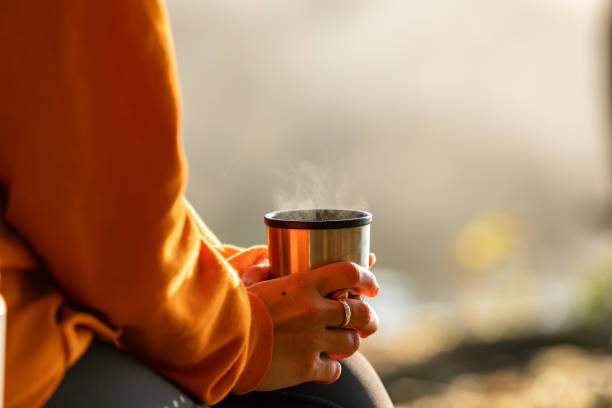
The damage of intensive cultivation
“From the late nineteenth century to the 1930s, the British imposed the economic model of their colonies (India, Africa, and Sri Lanka, formerly Ceylon) on China and Japan, with previously artisanal methods, protests Denis Mazerolle, tea producer in Brittany (Filleule-des-fees.fr). These intensive monocultures, based on deforestation and fertilizers, have killed the soils, fauna, and flora of these countries, which are still not recovering.”
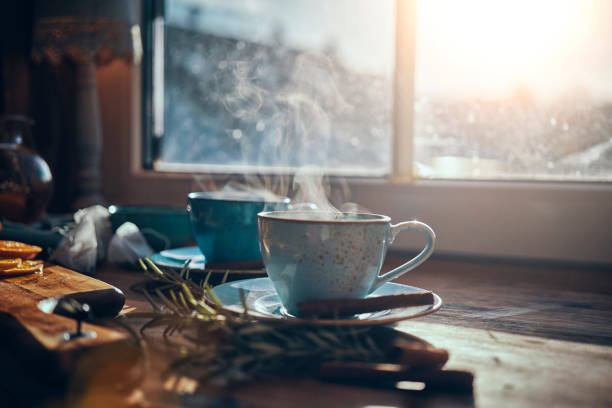
Small productions, a guarantee of quality
With China, India, Sri Lanka, and Kenya as the main producing countries, the tea market is 85% in the hands of three multinationals. The five million hectares of tea plants around the world produce six million tons of tea per year or 1.2 tons per hectare. While the yield of teabag farms is 3 tons per hectare… The virtuous gardens (without fertilizers or pesticides) of thousands of producers give 300 kilos for the same surface, but for much higher quality.
No matter the seasons

“The most popular crops are those of spring because the tea plants dormant during the winter have gone to draw the best nutrients from the earth,” explains Julien Monnet, a tracker of rare wines under the Kancha brand, “Teas washed down with fertilizer are harvested during the four seasons. Their bitterness is felt at the first sip.” The traceability of the tea can only be verified on the plot (date of picking, number of harvests) because the appellations do not indicate them.
Unpolluted organic teas
The magazine 60 million consumers put their feet in the cup in 2017 by revealing the presence of pesticide residues in 26 conventional teas analyzed, one of which had 17. Organic, not spared, contained half as much as the others. “The organic label is not yet secure. Especially in China and Taiwan where there is a lot of cheating,” warns François-Xavier Delmas, the founder of the Palais des thés.
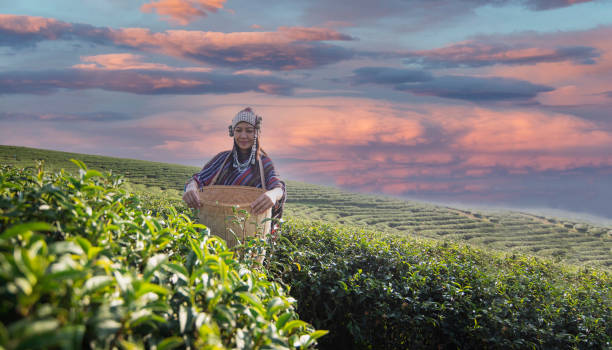
A single guarantee, the labels
From Vietnam to Malawi via Georgia or Korea, responsible tea hunters hunt down farms with artisanal and virtuous methods. NGOs monitor the living and working conditions of workers paid for picking less than €2 per day. The Fairtrade label, support for fair trade, is still too little developed. “If we want to help people have good incomes, we must give them the means to improve their quality by buying their tea more expensive,” persuades François-Xavier Delmas. Otherwise, since 2011, the highly prized Darjeeling from North India is recognized PGI, and the rare green tea Long Jing Cha from China, PDO.
Nothing better than bulk
A tea is chosen by looking at its leaves and smelling its scents. Tea house sites offer 14g (2g per cup) samples to test and buy in bulk. Especially since nylon or recyclable plastic (PET) bags have passed under the test tubes of Canadian researchers who have detected between 13 and 16 micrograms of plastic in the water of these teas heated to 95 ° C!

Five families of teas
- Green tea, endowed with a thousand flavors but a unique aroma, is not oxidized.
- Black tea, strong in taste and totally oxidized, keeps for a long time.
- White is a tea made from young leaves and unoxidized buds.
- Oolong, the traditional Chinese tea (blue-green) is semi-oxidized.
- Pu-erh is a variety of fermented black tea that improves over time. Its leaves oxidize once dried.
The specialist’s advice
Lydia Gautier, agricultural engineer, flavor alchemist, and tea expert. For 25 years, she has been dissecting the thousand and one facets of tea.
“Tea is a delicacy that combines happily with the cuisine, like a wine with a thousand pairings with sweet or salty. From natural and confidential productions discovered in Mali or Nepal, I make mixtures with organic roses from Morocco, chamomile, or Tonka beans. There is nothing worse than teas flavored with artificial products. If you want to change the taste of the tea or extend its duration, simply roast it in a skillet placed above the fire. Its aromas change with each sip, provided you use spring water, low in limestone.”
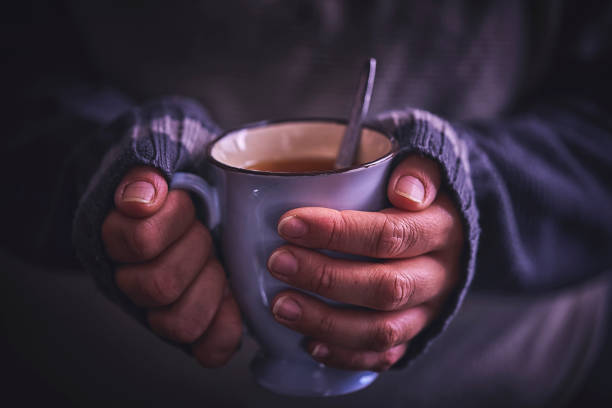
Don’t miss interesting posts on Famousbio

